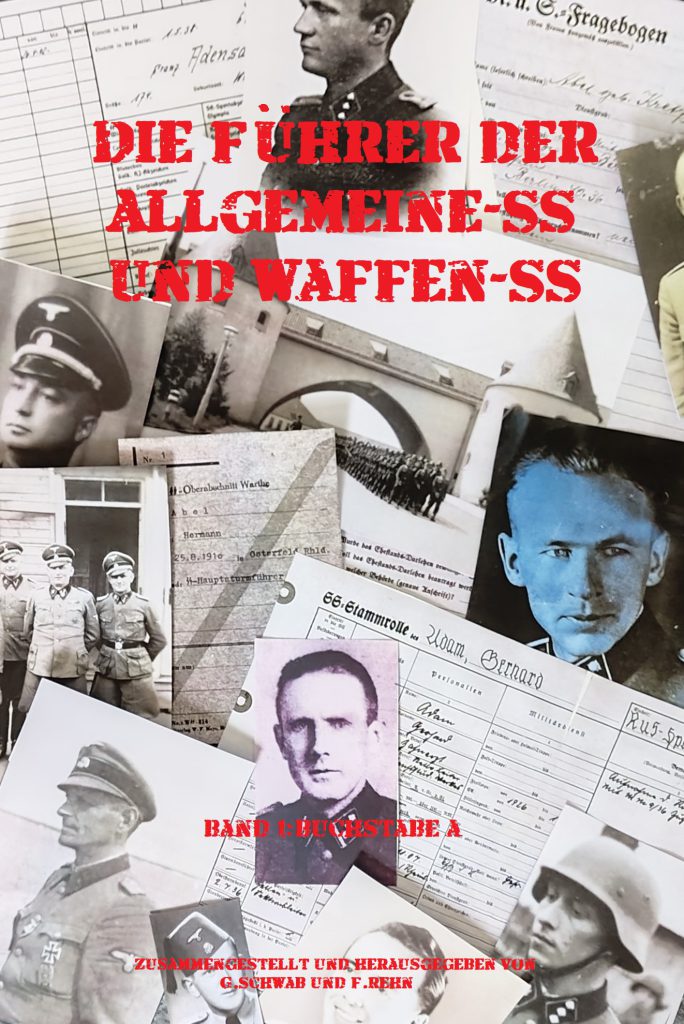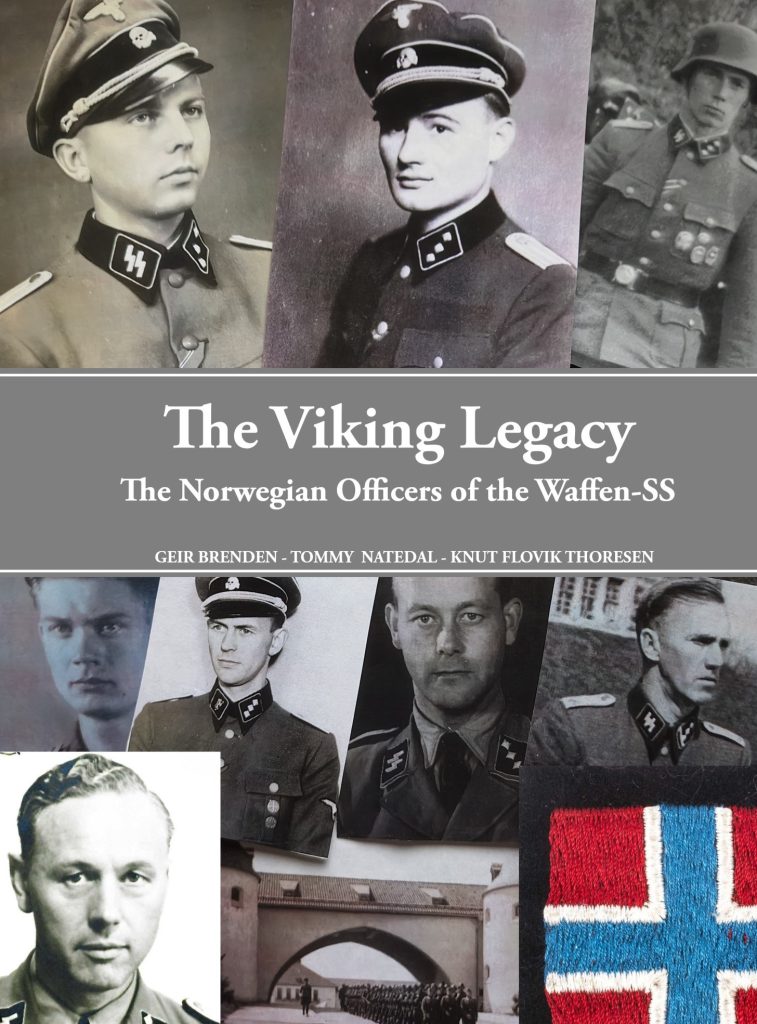Fritz Wöhrn one of Eichmann’s more unknown henchmen
Fritz Wöhrn , born 12.3.1905, was the son of a stone setter and grew up with two siblings in an orderly family situation. From Easter 1911 he attended elementary school in Rixdorf near Berlin. followed by the Albrecht Dürer secondary school and then the Luisenstädtische-Oberrealschule. which he left at Easter 1925 after passing his school leaving examination. He then began an apprenticeship as a pharmacist’s assistant, which he gave up in the early summer of 1926 in order to pursue a career as a civil servant. He joined the police headquarters in Berlin on August 1, 1926 as a civilian police supernumerary. On August 14, 1929, he passed the examination for the higher police administrative service. At the end of June 1930 he was transferred to the police headquarters in Oberhausen and, with effect from April 1, 1930, he was appointed senior police secretary for life, becoming a civil servant. As part of the renaming of police ranks, he received the title of police inspector in 1932.
While working in Oberhausen, Wöhrn joined the NSDAP (Nr. 2863918) with effect from May 1, 1933. On January 20, 1934, he entered into a marriage with Mrs. Emmy nee Möhlig, which still has no children.
On February 13, 1935, Fritz Wöhrn was transferred back to Berlin and employed here by the Secret State Police Office (Gestapo). On January 30, 1937, he joined the SS (Nr 280238) after a superior told him that he could only expect a promotion if he belonged to the SS. After his promotion to senior government inspector, Wöhrn received the rank of one in August 1938 as a result of the so-called rank adjustment SS Obersturmführer. On March 27, 1939, he left the Evangelical Church because it had been suggested to him that, as an SS man, he could not belong to a religious community.
In the secret state police office (Gestapo), Wöhrn was assigned to the Jews, Freemurers and Emigrants department. He had primarily to do with the registration and monitoring of Freemurry, Jewish organizations and associations, emigration of Jews and with the processing and dissolution of lodges or lodge-like associations. At the end of November 1940 he was transferred to the now split-off Jewish Department of the Reich Security Main Office (IV 4 b), where he subsequently worked as a clerk until the end of the war. At the end of 1941, Wöhrn was appointed government officer and promoted to SS Hauptsturmführer on January 30, 1942. In 1944 he was awarded the War Merit Cross II class with swords (KvK II m.Swords)
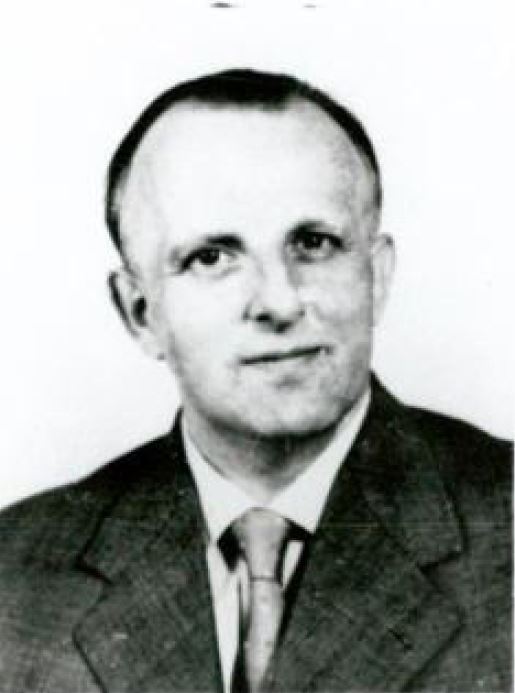
In January 1945, Wöhrn came to Prague as part of the relocation of the part of the Jewish Department that had previously remained in Berlin, Kurfurstenstrasse 116. A few days before the surrender, he went to Leitmeritz with his wife and some members of the RSHA, where he obtained a new identification card from the district council office, which showed the correct name but a false job description. In addition, the date of issue of the identification card had to be backdated.
From Leitmeritz, Wöhrn and his wife first went to Mühlheim/Ruhr, where he found accommodation with relatives. He then moved to Düsseldorf, where he earned his living by producing English translations.
Since the currency reform, he was confirmed as a sales representative in the electrical industry until his arrest on June 26, 1967. He estimates his monthly income to be around 6,000 DM per month. He has now moved his residence from Düsseldorf to Bad Neuenahr, where he has purchased a property.
Wöhrn did not undergo any denazification or arbitration proceedings. His previously unknown whereabouts were discovered when he applied to the Interior Minister of North Rhine-Westphalia in 1963 to be reinstated as an administrative or police officer. This request was fulfilled by the fact that he was additionally insured for his period of service in the public service.
Wöhrn was taken into custody and transferred to Berlin, where he was charged with murder in thousands of cases, the prosecutor sought a life sentence for Fritz Wöhrn. In addition to Wöhren, 11 others were charged in the same trial.
Once Wöhrn was convicted, he was released in most cases, but he was still convicted of five murders, and sentenced to 15 years in prison. However, the time he was in custody was counted from the sentence, so in total he would spend 13 years in prison, which was executed at the Tegel penitentiary in Berlin.
Fritz Wöhrn died in 18.12.1979 in freedom, and he was one of Eichmann’s more obscure henchmen.
/Georg
General Major Hermann Pürckhauer
On the subforum “Dieter Zinke Axis Biographial research, there are many threads about officers in the Wehrmacht. here is one of them. Dont´miss this Subforum if you are interested in officers of the Wehrmacht.
//Georg
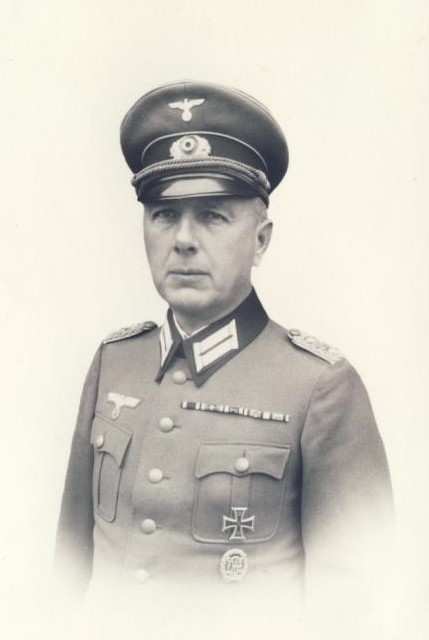
Hermann Pürckhauer
* 15.02.1897 Forchheim
† 03.12.1943 München
00.00.1915 Fahnenjunker
11.03.1916 Leutnant (Patent vom 23.02.1915)
01.10.1920 Leutnant (Rangdienstalter auf den 01.09.1915 festgelegt)
Ende 07.1925 Oberleutnant (Rangdienstalter auf den 01.04.1925 festgelegt)
01.03.1931 Hauptmann
01.01.1936 Major
01.02.1939 Oberstleutnant
01.12.1940 Oberst
00.00.1943 Generalmajor posthum (RDA vom 01.12.1943)
Eltern: Dr. med. Hermann Pürckhauer & Frau, geb. von Liebig
00.00.1915 Eintritt in das 2. Königlich Bayerische Infanterie-Regiment “Kronprinz“, München (Kaserne Lothstraße);
Zugführer
01.06.1917 Kompanieführer
20.08.1918 – 15.02.1920 in französischer Kriegsgefangenschaft
00.00.1920 beim 2. bayer. Reichswehr-Schützen-Regiment 42 unter der Reichswehr-Brigade 21, München, der Vorläufigen Reichswehr, die im Juni 1919 aus Einheiten des Freikorps von Epp (Bayerisches Schützenkorps) gebildet worden war
01.10.1920 Kompanieoffizier beim 19. (Bayerischen) Infanterie-Regiment , München
Frühjahr 1924 in der 12. (MG.) Kompanie des 19. (Bayerischen) Infanterie-Regiments, Kempten
00.00.1926 Adjutant des III. (Jäger-) Bataillons des 19. (Bayerischen) Infanterie-Regiments, Kempten
01.10.1929 Kompaniechef der 12. (MG.) Kompanie des 19. (Bayerischen) Infanterie-Regiments, Kempten
01.10.1932 im Stab der 7. Division, München
01.10.1937 Kommandeur des II. Bataillons des Infanterie-Regiments 61, München
15.01.1940 Führerreserve
29.04.1940 Adjutant des Stellvertretenden Generalkommandos VII. Armeekorps, München
01.10.1941 Kommandeur des Infanterie-Regiments 61
16.10.1942 Führerreserve
01.09.1943 Kommandeur der Annahmestelle für Offiziersbewerber VII, München
03.12.1943 in München verstorben
Verheiratet seit 23.04.1924 mit Frieda geb. Hindelang
Verwundetenabzeichen in schwarz
Kgl. Bayer. Militär-Verdienstorden IV. Klasse mit Schwertern
Spangen zu beiden Eisernen Kreuzen
18.06.1942 Deutsches Kreuz in Gold
Drones a novelty in the military?
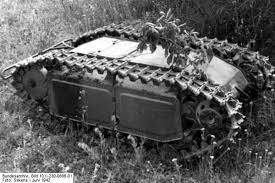
Considering the development in a nearby war where Drones get a more active role in the times, one can ask, is this the new way to fight? I have to say, No! During the Second World War, the German army used the Sd.Kfz 302 or 303. A radio-controlled explosive charge that drove with its caterpillar feet to the desired location and then detonated.
It began development in 1940 by the Borgward firm of Bremen who had been approached by the German Army for the design of a “demolition vehicle”.
The engineer Adolphe Kegrésse had built an experimental vehicle that was seized after the collapse of France and it was this that became the basis for the German variant.
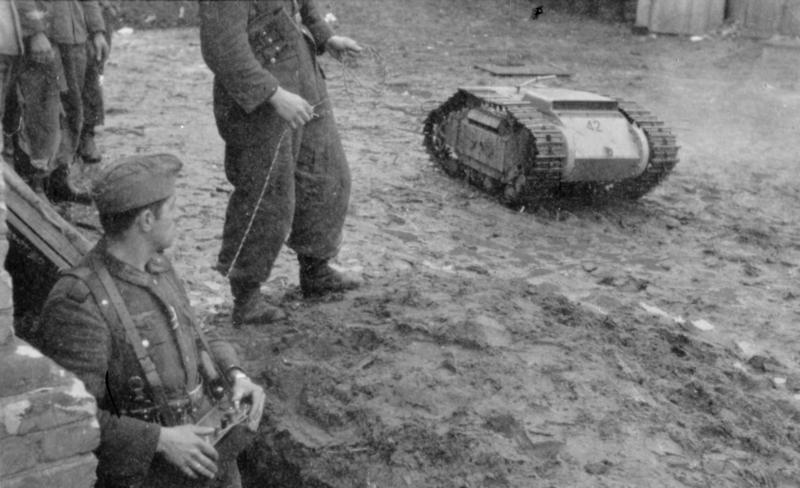
A year and a half later, the German model was ready for use, the official name was Leichter ladungsträger Sd.Kfz 302 but also received the additional name “Goliat”.
However, like all new machines, it had some childhood illnesses, among other things. so the fighting troops criticized its weight (365kg) and that the cables with which the Goliat was controlled were too weak.
With this Borgward developed a new prototype, with lighter weight and improved cables the new model was named Sd.Kfz 303 “Goliat”. The first working name for the vehicle was initially David, but that caused the Ministry of Propaganda to have hiccups. You couldn’t name something like that after a heroic Jewish boy who took down Goliath. For some reason, ironically, the name Goliath was adopted.
From 1943 onwards, a total of 4900 Goliaths were produced and they were active in the battles from Kursk to the final battle in Berlin in 1945. It is noted that they were used extensively during the Battle of Warsaw in 1944, where they knocked out houses in which the Polish Home Army was entrenched.
As the introduction said, drones are not a new invention.
//Georg
SS-Standort Arolsen (part 3 and the end)
January 00, 1943
Both the accommodation and distribution of the regiment at the locations in Arolsen, Korbach, Warburg and Wildflecken (II and III Divisions) as well as the equipment caused difficulties.
After the destruction of the barrier wall, parts of the regiment were deployed on rescue and recovery work in the Edertal from May 17th to May 25th, 1943.
(Bernd Joachim Zimmer, code name Arthur – The concentration camp external command in the SS leader school Arolsen, Verlag Gesamthochschul-bibliothek Kassel, 1994 p. 45)
In June 1943 the replacement regiment was moved to Munich.
(Bernd Joachim Zimmer, code name Arthur – The concentration camp external command in the SS leader school Arolsen, Verlag Gesamthochschul-bibliothek Kassel, 1994, p. 45, in contrast to the SS-VT “Germania”, the regiment has no deeper memories among the Arols population leave behind)
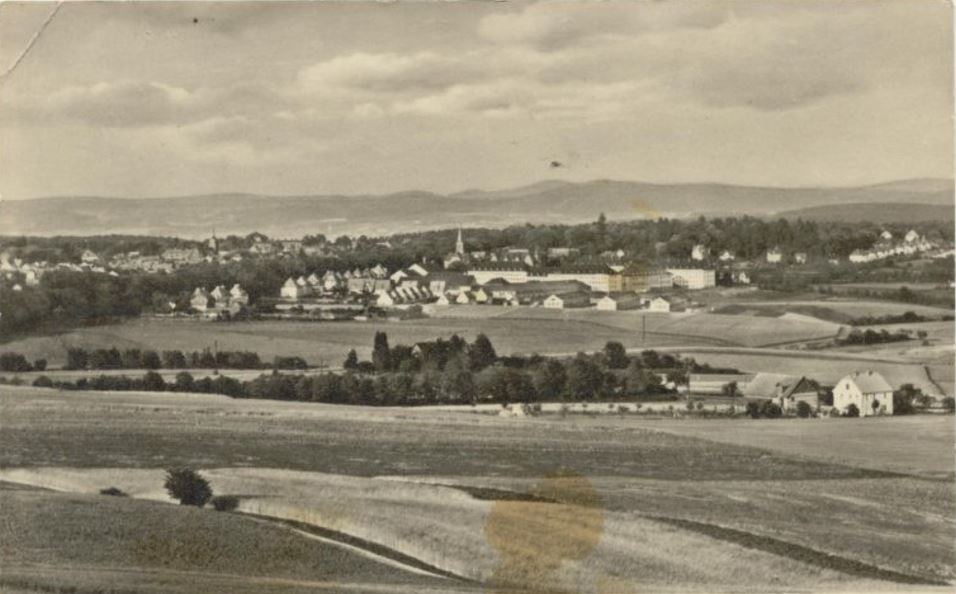
July 00, 1943
Relocation of the SS Flak Replacement Regiment in June to July 1943 to Munich-Freimarn to the barracks of the SS Regiment “Germany”, which was only completed in 1935 and was in use until June 1st. In 1943 it served as accommodation for the SS Artillery Replacement Regiment that was relocated to Prague.
In terms of size, this barracks was also able to accommodate the extremely strong units of the anti-aircraft training and replacement regiment; meaningful and concentrated training could be carried out here.
Later, however, barracks had to be built here to accommodate the recruits. The strength of the regiment at this time was approximately 6,000 men.
Since the final structure had not yet been determined, the batteries were named after the names of their leaders, for example the battery “Dreike”, “Wunderlich” or “Graupner”.
This was followed by a short-term occupancy with the newly formed SS Panzer Reconnaissance Training Department 2, which, however, withdrew from Arolsen on September 13, 1943 and was relocated to the SS military training area “Seelager”.
(Bernd Joachim Zimmer, code name Arthur – The concentration camp external command in the SS leader school Arolsen, Verlag Gesamthochschul-bibliothek Kassel, 1994, p. 45)
Wilhelm Tieke, after basic training in 1940 with the SS Motorcycle Rifle Replacement Battalion Ellwangen then with the 15th/“Nordland”, came after being wounded on February 4, 1943 via various hospitals, most recently Res.Laz. Brieg until the summer of 1943, after a convalescent vacation at home, to the reserve unit: “… Ellwangen an der Jagst, the starting point of my soldiering, has me back.
But soon I will be transferred to Arolsen with other old front hands to set up a new one, Reconnaissance, Training and Replacement Department 2.
Arolsen is a small garrison town in Waldeckschen. The “Germania” battalion was once located here and then the anti-aircraft replacement and training department, which was expanded into a regiment and relocated to Munich.
The new department, led by Hauptsturmführer Keitel, is still in its early stages. Even the supporting staff is not yet fully available and so there is only a lukewarm service. Tattooing is only on paper for the time being, because UvD and those on guard are provided by us squad leaders and storm men, and as is well known, “one crow doesn’t peck out the eyes of another”. We get up to all sorts of mischief…”
Among other things, this resulted in a curfew of fourteen days for the entire department. But “motorcycle driving schools” are also run, even with night rides.
“…One day the skeleton of the company will be in place. Recruits arrive, but soon it is announced that all tank and reconnaissance replacement departments of the Waffen-SS will be relocated to Latvia, including our department…”
(Wilhelm Tieke, A restless march was our life, Munin-Verlag, Osnabrück, 1977, pp. 199, 204, 209-211)
The above-mentioned Hauptsturmführer “Keitel” was the SS-Hstuf at the time. Friedrich Keidel.
Keidel, Friedrich SS- Stubaf. 9. 9.1895 KIA 8.4421.8.1944 In Kurland as part of the SS-Pz.Brig. “Gross”
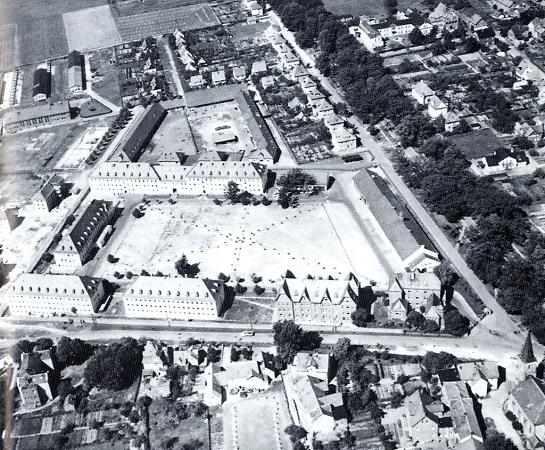
On November 14, 1943, a prisoner transport was set off from the Weimar-Buchenwald camp to Arolsen in order to complete the preparatory work for the relocation of the SS leadership school of the economic and administrative service from Dachau.
(Bernd Joachim Zimmer, code name Arthur – The concentration camp external command in the SS leader school Arolsen, Verlag Gesamthochschul-bibliothek Kassel, 1994, p. 51)
In January 1944, after the renovations were completed, the school began operating in Arolsen, which continued until the end of March 1945.
(Bernd Joachim Zimmer, code name Arthur – The concentration camp external command in the SS leader school Arolsen, Verlag Gesamthochschul-bibliothek Kassel, 1994, p. 86)
In addition to the SS leader school, an SS clothing warehouse was relocated to Arolsen at the end of 1943 as a branch of the SS clothing factory in Dachau.
(Bernd Joachim Zimmer, code name Arthur – The concentration camp external command in the SS leader school Arolsen, Verlag Gesamthochschul-bibliothek Kassel, 1994, p. 108)
After a combat group made up of members of the school and course participants was formed on January 30th, 1945 with the keyword “Gneisenau”, which was relocated to the Oder front, the last two combat groups from the school moved out on Monday, March 26th, 1945, assembled from, among others The remaining 200 SS members, slightly ill people and soldiers from a front-line holiday train were deployed against the advancing American troops in the direction of Marburg.
(Bernd Joachim Zimmer, code name Arthur – The concentration camp external command in the SS leader school Arolsen, Verlag Gesamthochschul-bibliothek Kassel, 1994, pp. 289, 290)
On March 29, 1945, the Arolsen prisoner external command, which had existed since the SS leader school was there, was relocated back to Weimar-Buchenwald.
(Bernd Joachim Zimmer, code name Arthur – The concentration camp external command in the SS leader school Arolsen, Verlag Gesamthochschul-bibliothek Kassel, 1994, p. 293ff)
Around midnight on Good Friday, March 30, 1945, the shelling of the city center of Arolsen began with grenades, but there were no casualties among the civilian population and the damage to the post office, pharmacy and some commercial buildings remained minimal.
On March 30, 1945, the city of Arolsen was occupied by American troops.
(Bernd Joachim Zimmer, code name Arthur – The concentration camp external command in the SS leader school Arolsen, Verlag Gesamthochschul-bibliothek Kassel, 1994, p. 302)
… the SS barracks in Arolsen were officially called Germania barracks and were located on the corner of Große Allee and Kasernenstraße (today Birkenweg)
The barracks, built in 1870 for the Wittich (3rd Kurhessisches) Infantry Regiment No. 83, were greatly expanded in the mid-1930s. From 1933 an SA relief organization and an SA sports school were housed there until the SS claimed ownership of the area in 1935 and the city terminated the SA’s lease.
Below is a plan of the barracks from 1937. During its use as an SS leader school from autumn 1943, the occupancy was as follows:
Blocks A, B: command staff, headquarters company
Blocks C,D,F,G: Accommodation for course participants
Block E: Administration of the SS clothing warehouse
S: Stables
R: Riding hall
HS: Woodshed (to SS clothing warehouse)
Quelle: Lagis Hessen
http://forum-der-wehrmacht.de/thread.php?postid=360356#post360356
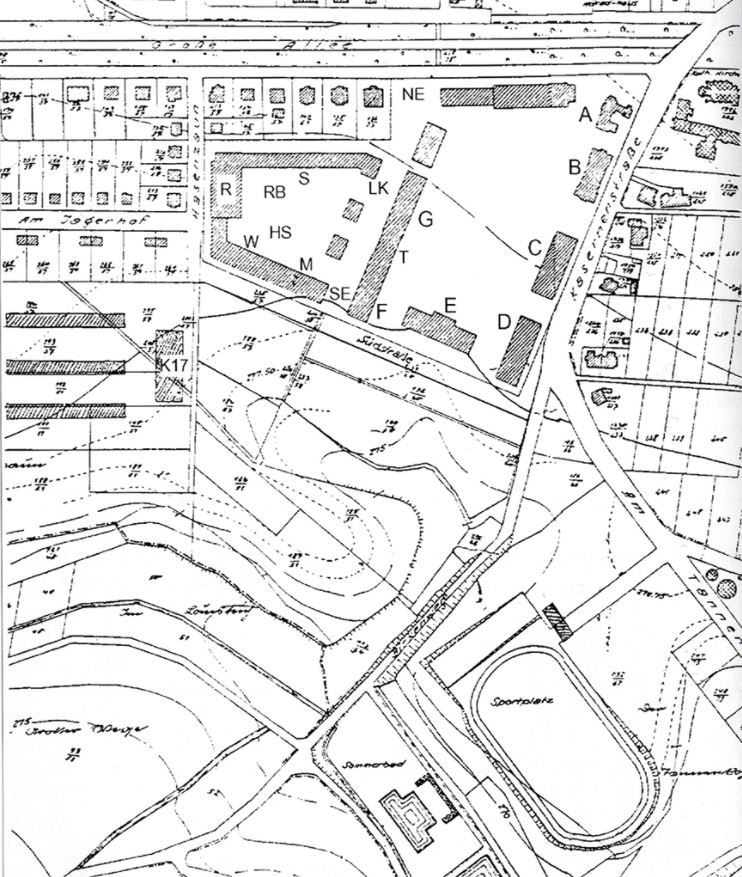
The end
Auhtor and Images Roland Pfeiffer
SS-Lazarett Karlsbad
In 1940 so was the SS-Genesungsheim Karlsbad, it held that name until 1942 when it changed the name into SS-Lazarett-Abteilung Karlsbad which it held for the rest of the war. The Lazarett had a capacity of 174 beds. The hspital was specialized in stomache and gut dieases. But they also treated Malaria at the hostpital.
Who held the leading roll of an Doctor from 1940 to 1944 is unfortunately unknown, but from 1944 the positions was held by SS-Stubaf Dr.Med. Walter Platt. He was in october 1944 replaced by SS-Stubaf Dr.Med Robert Kronenberg. In 1945 the leading Dr at SS-Lazarett-Abteilung Karlsbad was the SS-Ostubaf Dr.Med. Stoll.
Info about Dr´s SS-Stubaf Dr Walter Platt later promoted to SS-Staf, born 17.5.1889 in Mühlhausen SS-Nr
199183. Dr Robert Kronenberg SS-Stubaf born: 2.1.1889 in Prag.
In my manucript of K I have the following listed about Dr Kronenberg –
SS-Nr 255788 NSDAP Nr 2562696 Joined the SS in 1940 was attached to the SS-San.Er.Abt. Prag between 1940-1941. Later he came to SS-Sanitätsamt where he was between 1941-1942. He was then transfered to the SS-Lazarett in Minsk. That service was very short and he was later transfered back to the SS-San.Ers.Abt. later in 1942 he came to SS-Genesungsheim Karlsbad for the first time. But also that was a short service as he was once again transfered to SS-Genesungsheim Winterberg.
After tath was he transfered to the SS-Standort Oberarzt in Breslau. But after that he was transfered to the SS-Ausb.Rgt in Prag. when he left that service is unknow. He was at SS-Laz.KArlsbad to 24.10.1944 when he was released from service in the Waffen-SS.
He was awarded the EK II and verwundetabzeichen im Schwarz. He got promoted to SS-Stubaf on 30.1.43 and SS-Hstuf when he entered sercvice in the Waffen-SS 20.4.1940. He was married but no childrens is listed.
//Georg Schwab
Sources : Nachlass W.Vopersal N756- 304b and SSO Kronenberg, Robert in my personal archive.

